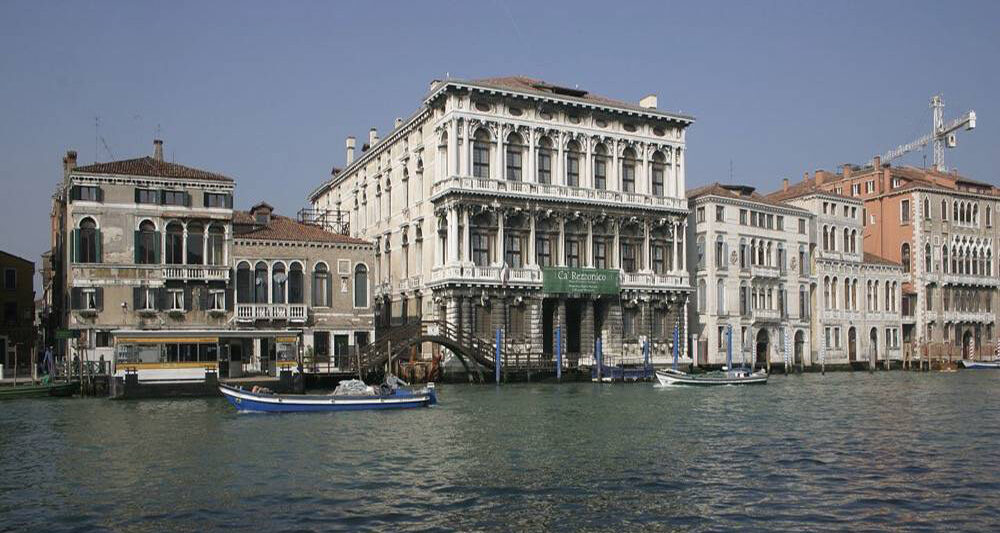The Rezzonico Family: From Merchants to Venetian Nobility
Venice, a city of grandeur and intrigue, has long been shaped by its powerful noble families. Among them, the Rezzonico family stands out as a remarkable example of social ascent, wealth, and influence. But how did they rise to prominence, and what legacy did they leave behind?

Unlike many ancient Venetian families, the Rezzonico were not originally part of the aristocracy. They came from Lombardy and made their fortune in commerce, particularly in the textile trade. In the 17th century, as Venice’s economy declined and its noble class sought new sources of wealth, the Republic allowed wealthy merchant families to buy noble titles. The Rezzonico seized this opportunity, officially becoming Venetian nobles in 1687.
With their newfound status, the Rezzonico family needed a residence to match their prestige. They purchased an unfinished palace on the Grand Canal and commissioned the famous architect Giorgio Massari to complete it. The result was Ca’ Rezzonico, a magnificent Baroque masterpiece that remains one of Venice’s most stunning palaces.
The Rezzonico family’s influence reached its peak in 1758 when Carlo Rezzonico was elected Pope Clement XIII. His pontificate was marked by his support for the Jesuits and his struggles with European monarchs who sought to weaken the Catholic Church’s influence. Despite these challenges, his papacy reinforced the family’s prestige and left a lasting mark on history.
The Rezzonico family were great patrons of the arts. Their palace became a hub for artists, writers, and intellectuals of the 18th century. Today, Ca’ Rezzonico is a museum dedicated to 18th-century Venice, housing works by renowned artists such as Tiepolo, Canaletto, and Guardi.
Visitors to Venice can step back in time by exploring Ca’ Rezzonico, walking through its lavish rooms, admiring frescoed ceilings, and imagining the grandeur of Venetian high society. The Rezzonico family may no longer exist, but their story lives on through the art and architecture they left behind.


